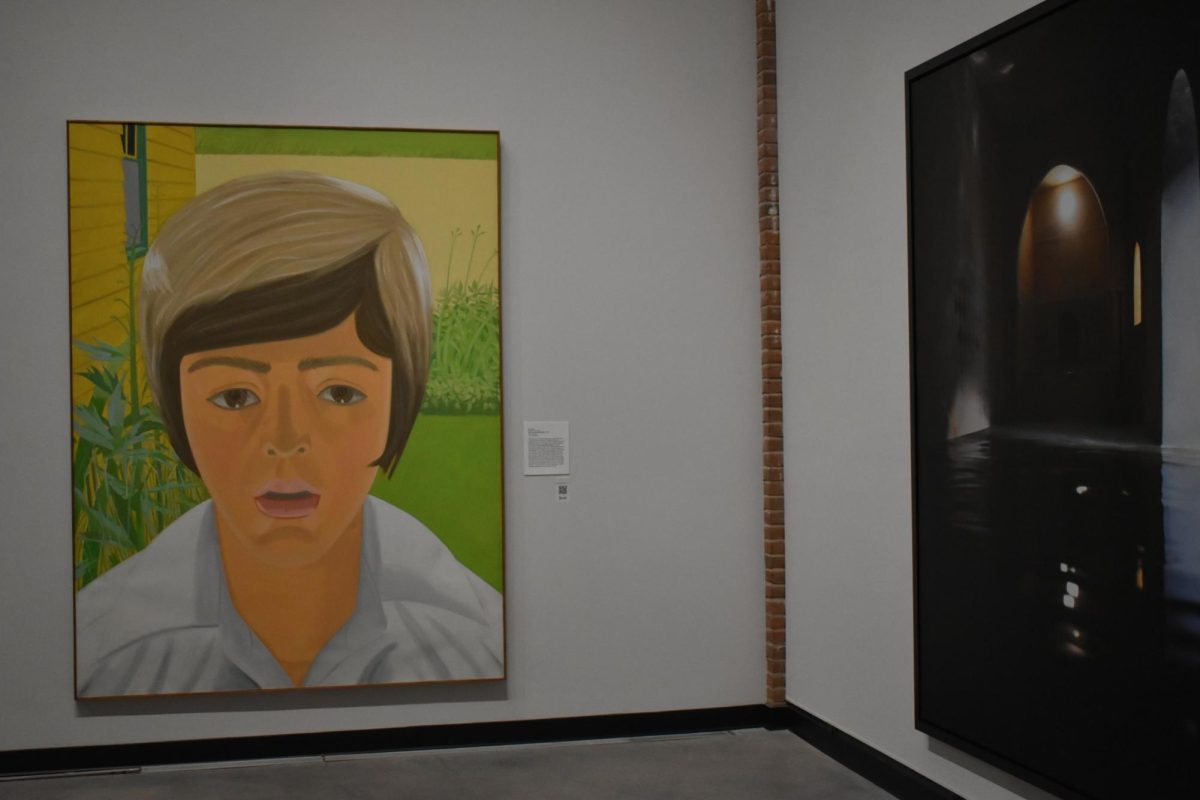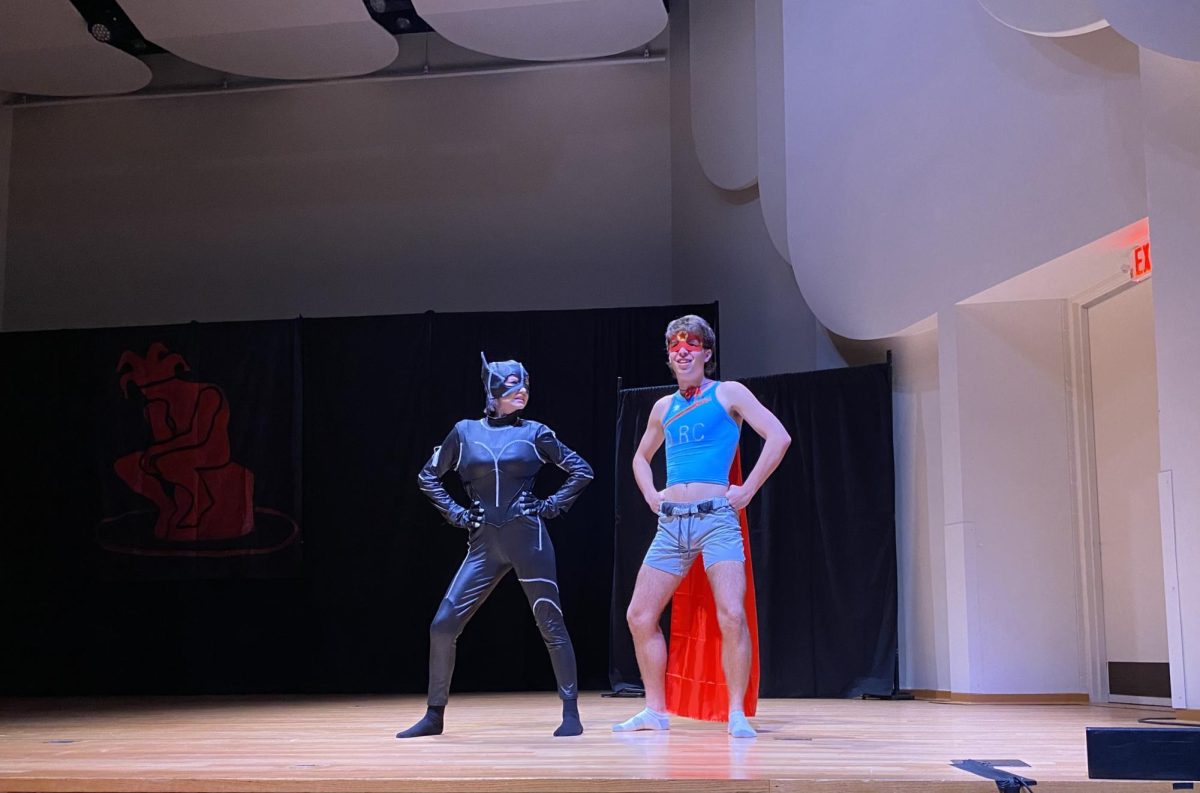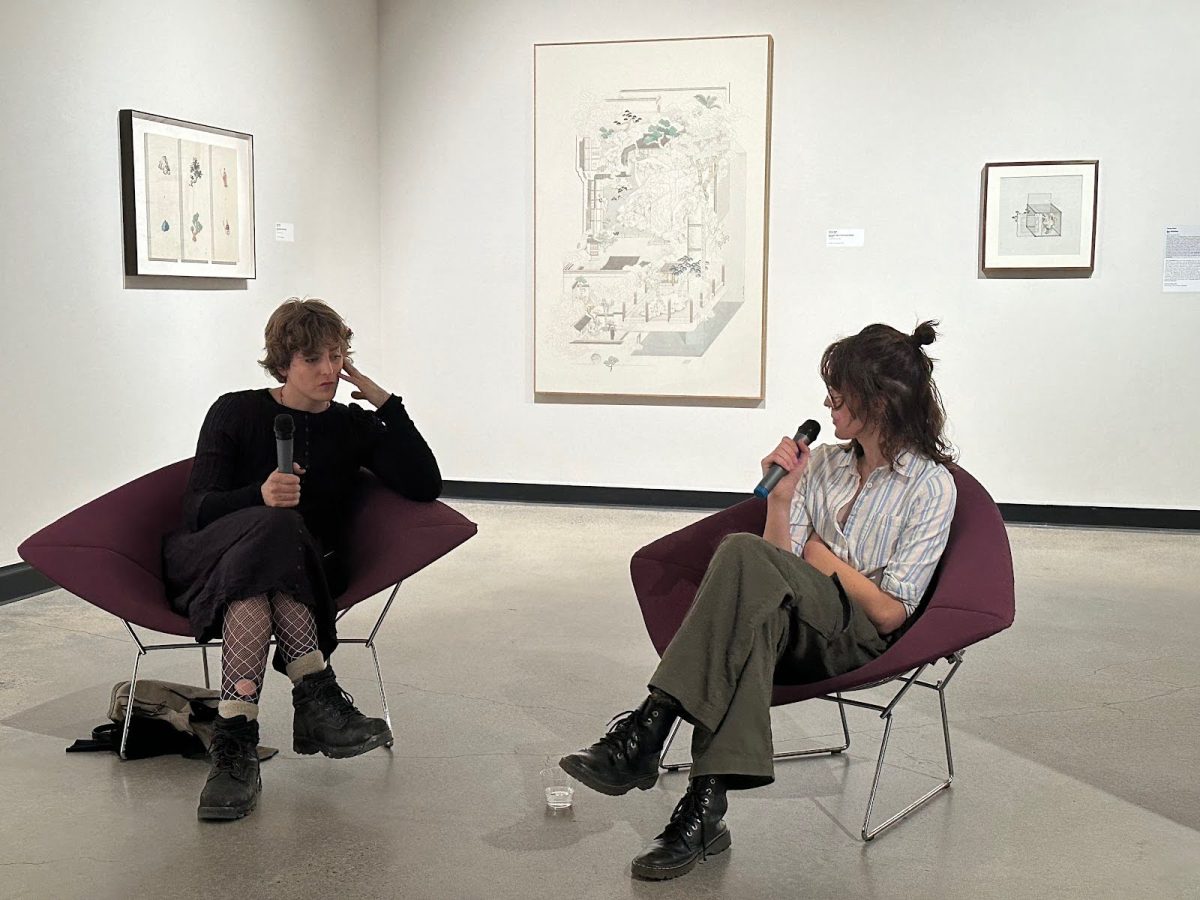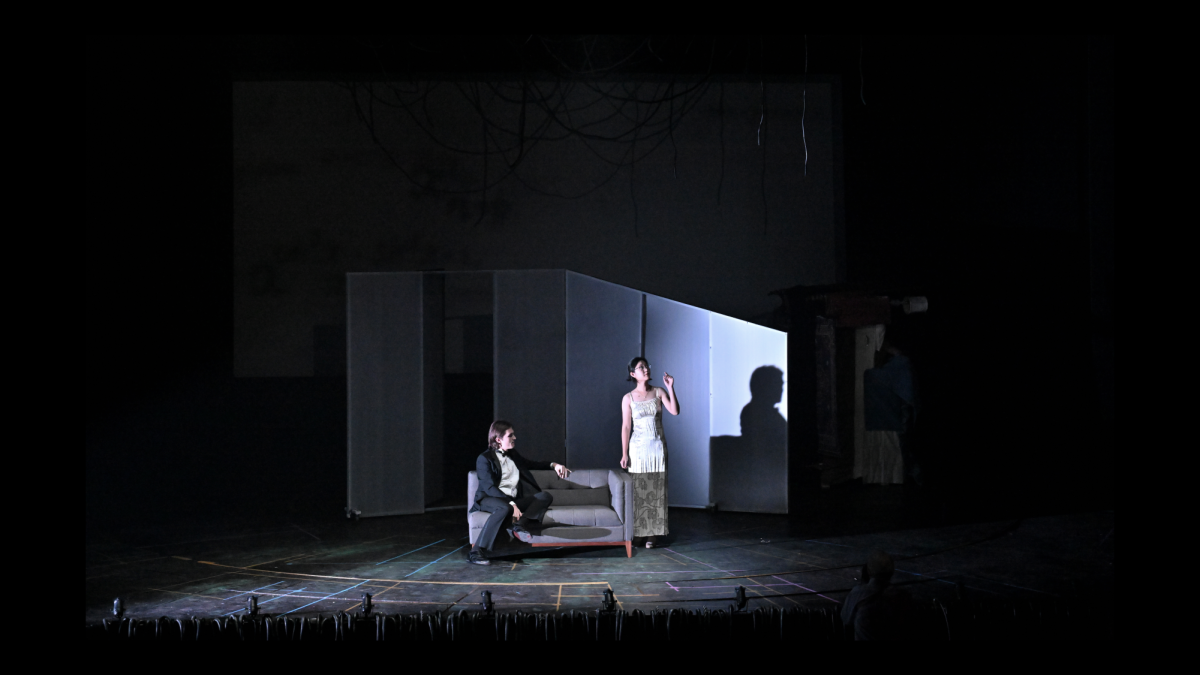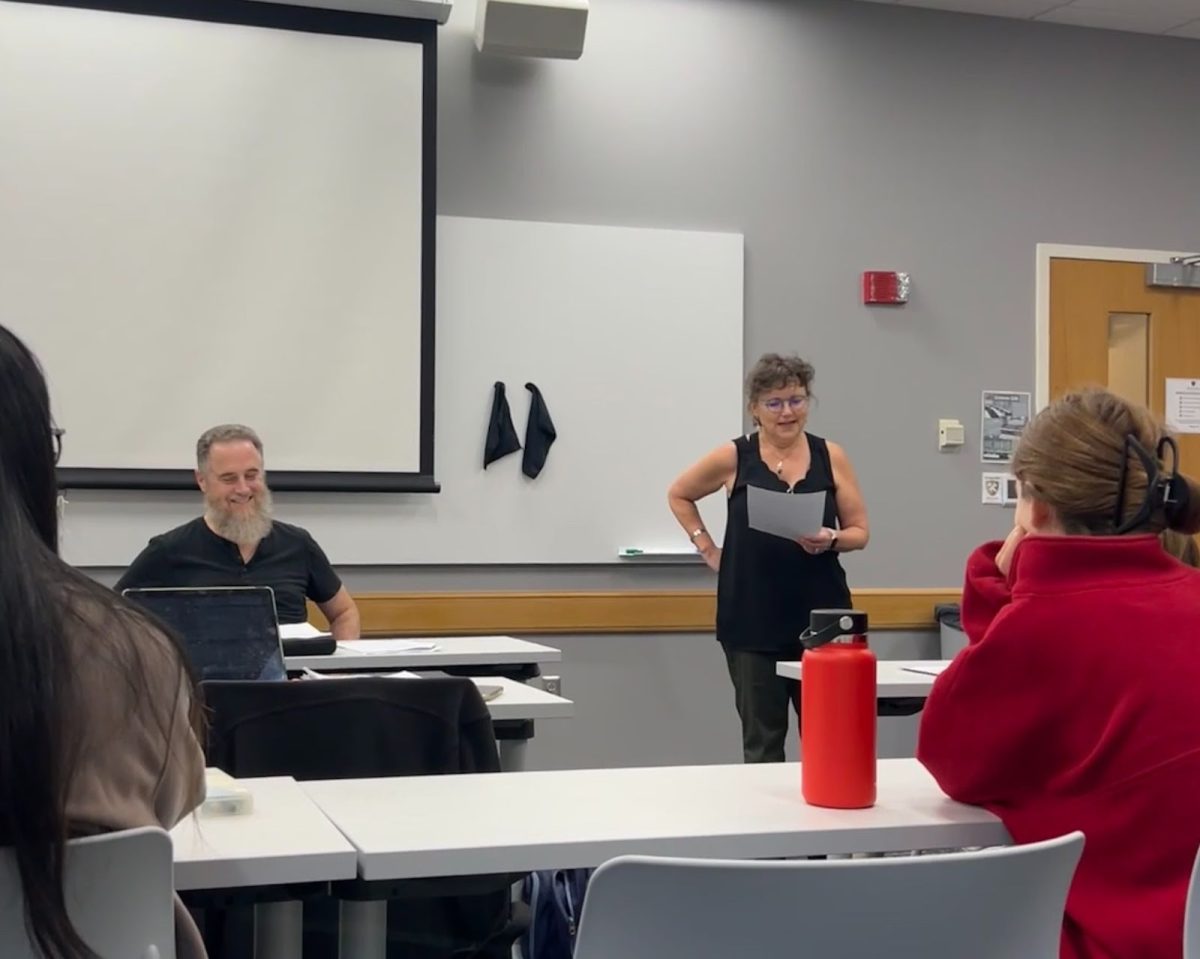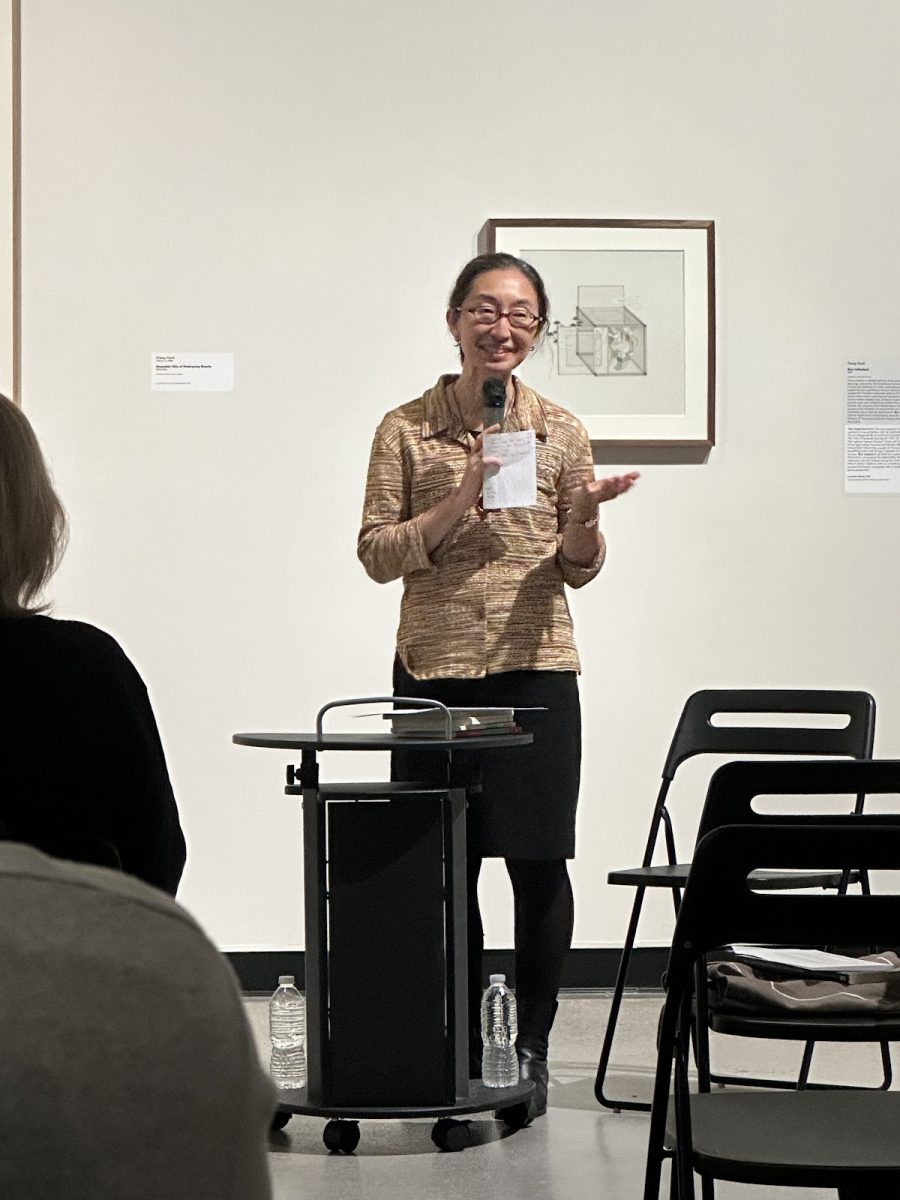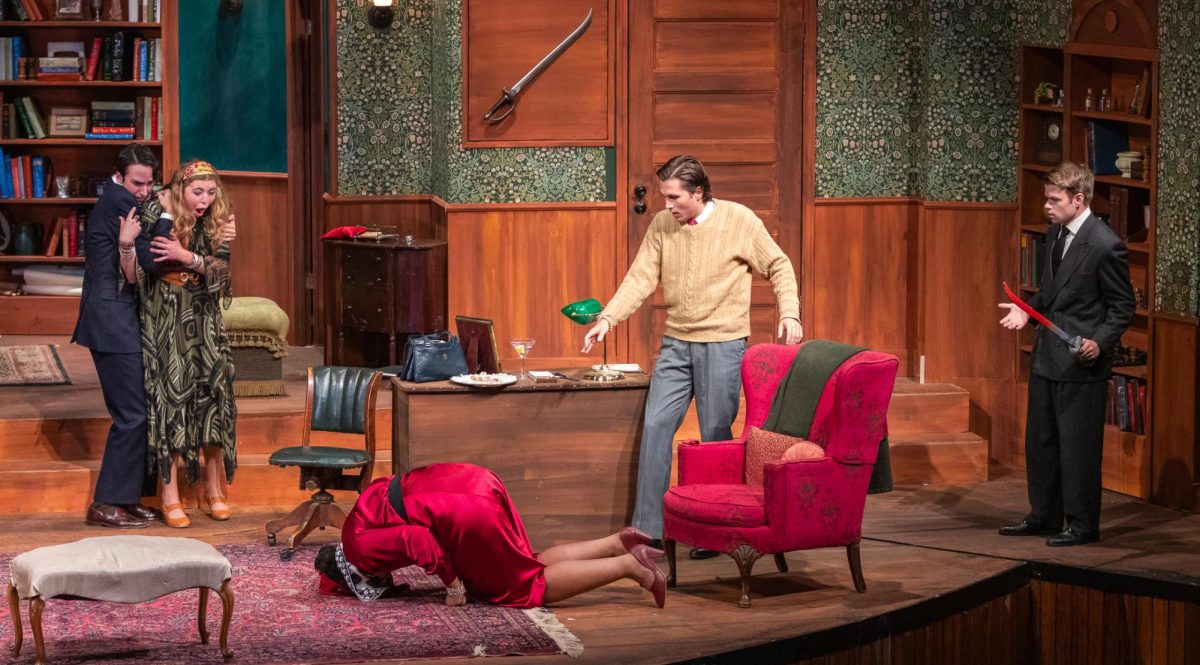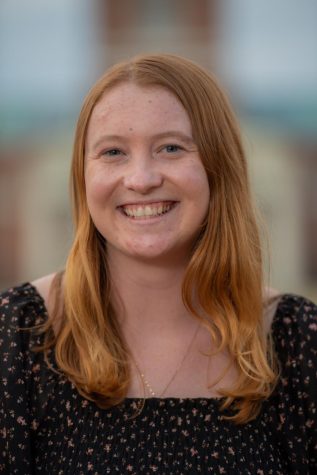Thirty-seven student-acquired artworks have found a new home in Hanes Gallery to celebrate the 60th anniversary of Wake Forest’s student art-buying trips.
The art will be displayed in an exhibit called “Of the Times” beginning Friday, Jan. 19. The artwork has been acquired over six decades, beginning with the first student art-buying trip in 1963. There is at least one work from each buying trip on display at the exhibit. Some of the artists represented include Jasper Johns, Keith Haring, Glenn Ligon and Alex Katz.
The student art-buying trip is a storied Wake Forest tradition and the only initiative of its kind in American higher education, according to University Art Collections. Every four years, students selected by Department of Art faculty travel to New York City over spring break to purchase works of contemporary art with $100,000 of university funds. They have only one instruction: buy works that “reflect the times.” The result is a time capsule of an art collection called the Mark H. Reece Collection of Student-Acquired Contemporary Art.
This is the first time that university curator Jennifer Finkel has curated the Reece Collection in a gallery space. When curating the exhibit, she thought about including different mediums like prints, paintings and sculptures. She also thought about what kind of artists were represented, wanting to include many different identities.
Students may recognize some of the pieces in the exhibit, as most are normally displayed in the hallways of either Benson University Center or Reynolda Hall.
Finkel previously told the Old Gold & Black about the benefits and challenges that come with displaying art in campus buildings. While it increases accessibility, it often means that the collection lacks contextualization or dialogue with other works.
“The artworks are speaking to the other artworks,” Finkel said brightly as she looked around the Of the Times exhibit.
Some works in the Reece Collection are so valuable or vulnerable to damage that they are stored away in an off-campus facility to protect them. Finkel said that Robert Colescott’s “Famous Last Words: The Death of a Poet” is a painting in the exhibit that hasn’t been out of storage since 2019.
Wake Forest art professor Dr. John J. Curley, who is advising the 2024 buying trip, said that the origins of art history as discipline is all about comparison. Like Finkel, he is glad that the exhibit will allow the art to be in conversation.
“Put any two random works of art next to each other and something interesting will emerge,” Curley said.
The 2024 trip
Eight students will travel to New York this spring break to continue the tradition. Students prepare for the trip by taking a global contemporary art course and contemporary art criticism course with Curley. Students also read art publications to research artists, galleries and trends.
The eight students are working to develop a theme to guide their selections. Sophomore Roksanna Keyvan said that events like the COVID-19 pandemic and feelings of displacement are some of the major ideas the group thinks “reflect the times.”
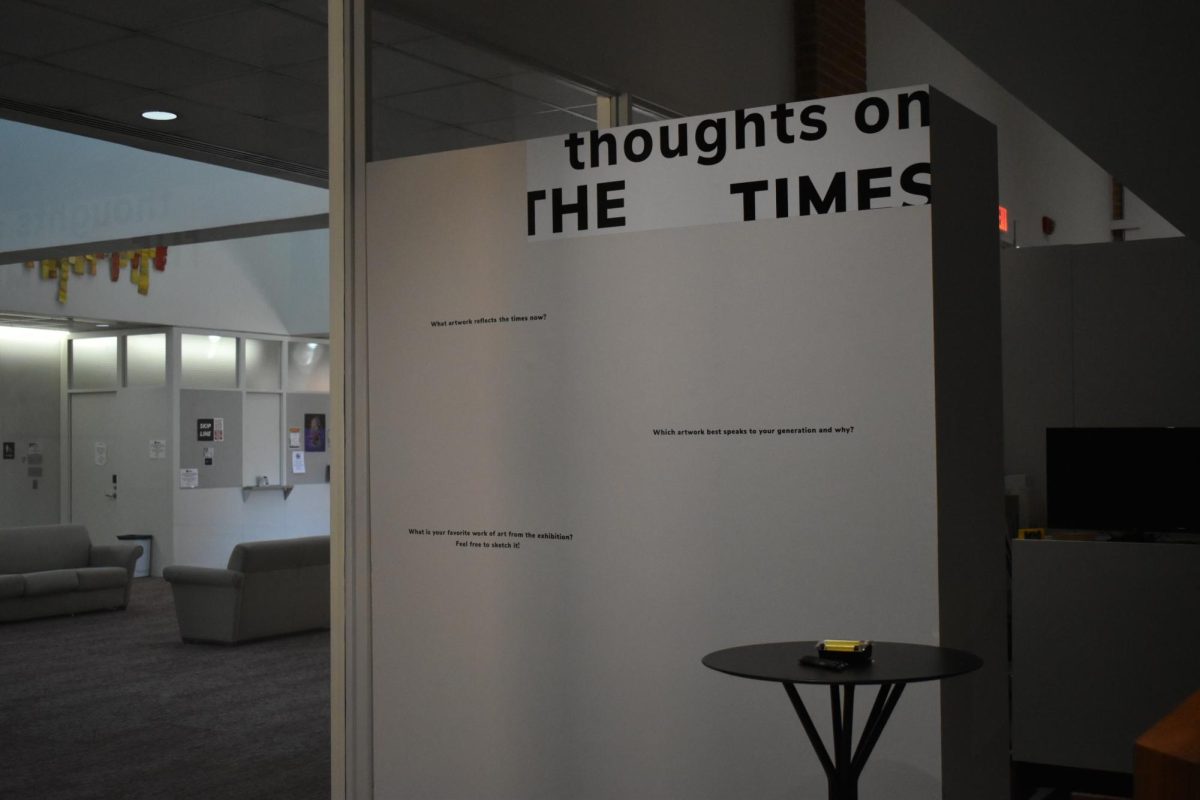
The group is also considering the biography of the artists whose works they purchase with the goal of further diversifying the collection.
“We’re looking for artists that are more ‘low key,’” Keyvan said. “We’re not looking for the big names because they’re gonna be harder for us to purchase and acquire but also because we want to bring more representation to all the different kinds of works that’s being made.”
They are also giving thought to the people who own the galleries they will visit, wanting to purchase from galleries owned by women, people of color and queer people.
Art meets accessibility
A mark of pride for the exhibit is its accessibility. Descriptions of the art works are available as text transcripts and audio through the Bloomberg Connects app. Visitors who are blind or have impaired vision are also able to experience some of the exhibit’s sculptures by touching 3D models of the art.
Junior Georgia-Kathryn Duncan, a member of the 2024 buying trip who has interned with University Art Collections, presented the idea of 3D models for the exhibit after spending last summer in Venice and seeing similar models at the Peggy Guggenheim Museum.
Duncan worked with Erin Kye, an art installer for the university’s collections, to design the 3D models on Adobe Illustrator and then print them out using 3D printers at the WakerSpace. The models replicate even the smallest details like paint splashes.
“Of the Times” will be open most of the semester, ending March 31. All are welcome to an opening reception on Friday, Jan. 19 from 5 p.m. to 8 p.m. as well as a guided tour by Curley and buying trip alumni on Saturday Jan. 20 from 10:30 a.m. to 11:30 a.m.



